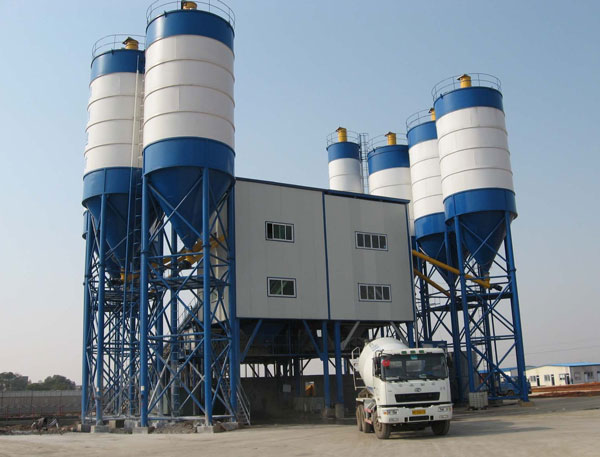Concrete is an extremely versatile building material produced by combining cement with sand, aggregate, water, and other materials. Varying the components produces a range of different concretes with wide-ranging applications in all sorts of construction. Today, the vital job of mixing concrete is performed at a large scale with batching plants. A precast concrete batching plant is specifically designed to produce precast structural forms efficiently.
Batching Plants Explained
Batching plants are major pieces of industrial equipment designed to mix concrete with speed and precision. Plants typically include multiple storage bins for the various ingredients required. These feed a central mixer which is responsible for actually producing the concrete. The major division in batching plants is whether they produce dry or wet concrete. It’s possible for a single plant to do both jobs, but most modern equipment is specialized for one role or the other. For more details, you can visit this website: http://batchingplants.net/.

Today batching plants are capable of a high degree of precision thanks to computerized control systems. This makes them capable of delivering a very consistent end product, operating efficiently at high speeds, and changing concrete compositions in short amounts of time. Concrete batching plants can be designed at virtually any scale; they are usually classified according to their output (measured in cubic meters of concrete produced per hour) and their storage capacity.
Special Considerations with A Precast Concrete Batching Plant
Precast concrete is used to create structural forms that are set and cured at some distance from their final installation point rather than created on site. This system has numerous advantages, including being able to exercise the greatest possible control over the concrete curing process. Batching plants designed for producing precast concrete are frequently installed on the same premises where pouring and curing are performed.
Precast plants are often extremely large installations designed to take advantage of economies of scale. When they’re used to supply concrete for immediate pouring, they are almost invariably set up to deliver wet concrete.
Because the precast process demands maximum consistency throughout the fabrication chain, batching plants that are capable of very precise control and thoroughly consistent output are preferred. Consistent plant output helps to maintain high levels of consistency in the pouring process. The end results are precast forms that all exhibit the same physical properties. These are ideal for interchangeable use in large-scale construction projects.
Mobile Batching Plants
As with any other form of batching plant, a plant designed for producing precast concrete can now be made mobile. These mobile concrete batch plants are sometimes used to enable an interesting “hybrid” model of precast concrete production where identical forms are cast on the construction site but not actually in place. This system minimizes transportation costs and cuts down significantly on assembly time. Uniting the necessary concrete ingredients, the batching plant, and the precast forms together as close to the job site as possible results in a tightly-integrated production chain that offers builders a very responsive and efficient workflow.